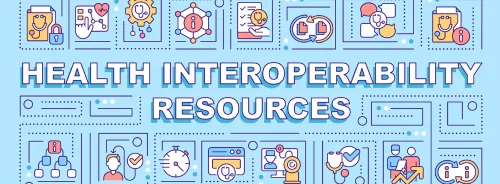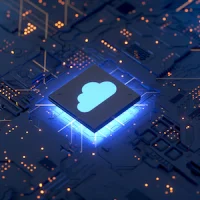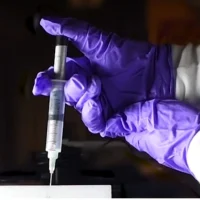Disaster mitigation, response and recovery should form part of an organisation's governance process. For health systems and hospitals, in particular, they have to be always prepared for power outages and other disruptive events caused by severe storms and other natural disasters.
You might also like: Earthquakes and Climate Change - Hospitals Response to Emergency
For instance, battered by powerful hurricanes in recent years, hospitals in the United States have struggled with maintaining EHR connectivity during power disruptions or sharing important patient records if a patient needs to be transferred to another medical facility.
Here are tips on how to maintain access to patient data when a storm strikes:
1. On-premise versus cloud storage.
Cloud-based EHR systems mean patient data is not physically stored within a hospital's premises so the data is protected from a natural disaster. A hospital that has an in-house data centre for storing and managing electronic health records should ensure its data centre and cables used to connect the data centre to the facility are safe from the storm. In addition to having a backup system, your IT team should also be knowledgeable of other options, such as using new cables to maintain connectivity.
2. Transferring patients to other facilities.
During an evacuation, hospitals may not be able to care for their typical patients. When moving patients to a receiving facility, hospitals should see to it that the facility will have access to a patient's medical history. This may be a problem however given ongoing challenges with interoperability of different EHR systems, even outside the context of a natural disaster.
3. Health information exchanges.
HIEs can provide a solution to the above problem. In fact HIEs have been useful for filling in gaps in information during previous natural disasters, such as during Hurricane Florence last year. These aggregation services have provided hospitals with patient data when patients are referred to other providers or when hospitals' EHR systems go offline or are not accessible.
4. Patient medical devices.
A power outage or an emergency evacuation creates more difficulties for patients relying on electronic medical devices such as cardiac devices, infusion pumps and ventilators. To keep tabs on these patients, emergency planners can track the total number of Medicare beneficiaries who are dependent on electric devices and at-risk for issues during various natural disasters on the HHS website.
Source: Modern Healthcare
Image Credit: iStock










